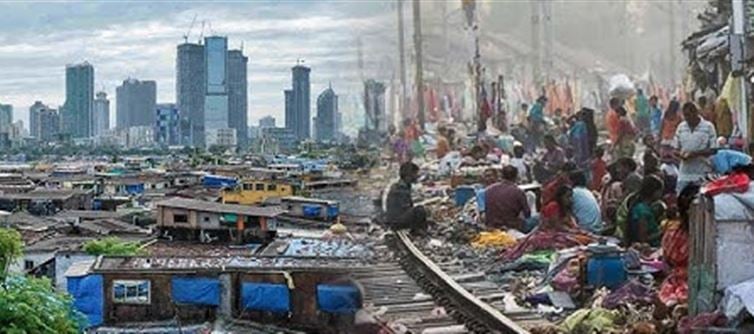
Shrivastava points out that while india stands at 4th in GDP, its per capita GDP ranks a humbling 140th, indicating that the average indian remains relatively poor despite the country’s impressive economic size. He attributes this gap to India’s persistent trade deficit—where imports outpace exports—contrasting this with nations like singapore (ranked 27th in GDP), which thrives on a robust trade surplus (e.g., $126 billion or 32% of GDP in 2021). Historically prosperous economies like Japan, Germany, and china also rely on trade surpluses, while the U.S. stands as an exception due to its reserve currency status, allowing it to sustain deficits without immediate consequences.
The post delves into the complexity of economic metrics, noting that India’s wealth historically stemmed from exporting finished goods, a model it has yet to fully revive. Shrivastava challenges the narrative of equating GDP growth with national richness, urging a holistic view that includes per capita income and trade dynamics. Responses to his thread offer diverse perspectives: some argue India’s large population and domestic consumption drive a unique growth path, supported by remittances exceeding $100 billion annually, while others cite examples like the UK and France, which prosper despite trade deficits, thanks to innovation and productivity.
As india aims for developed nation status by 2047, Shrivastava’s analysis raises a pivotal question: Can a country achieve true wealth without a trade surplus, or will india carve its own novel route to prosperity? With the current trade deficit at $27.35 billion in July 2025 (per tradingeconomics.com), and challenges like U.S. tariffs looming, the path forward remains a subject of intense debate.




 click and follow Indiaherald WhatsApp channel
click and follow Indiaherald WhatsApp channel